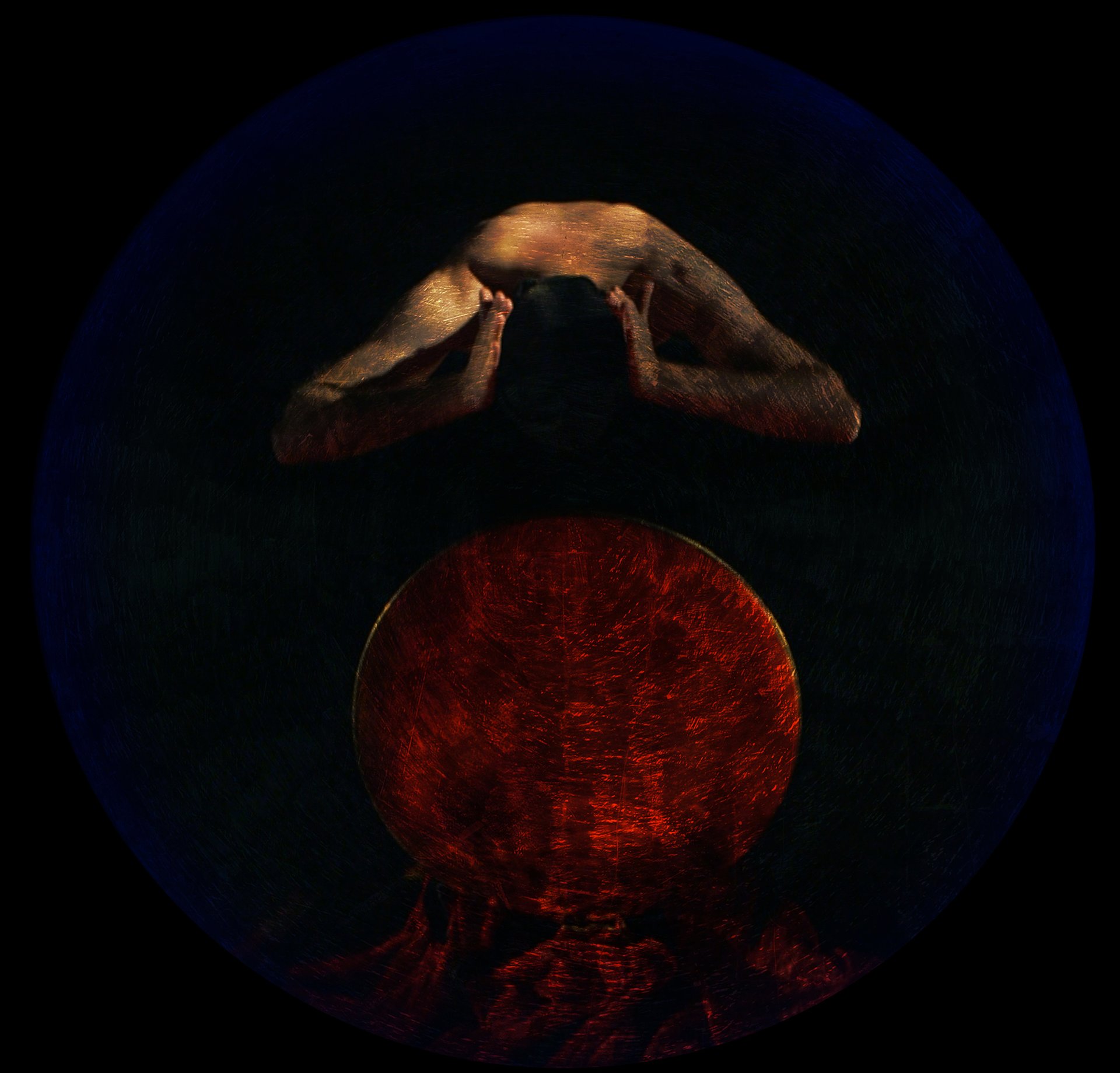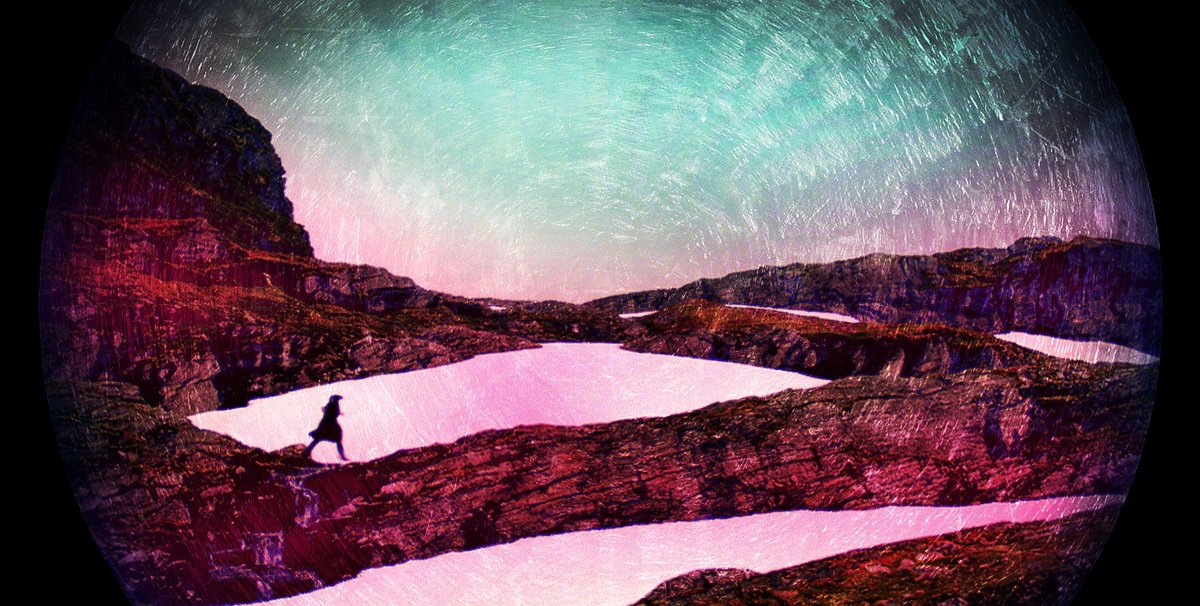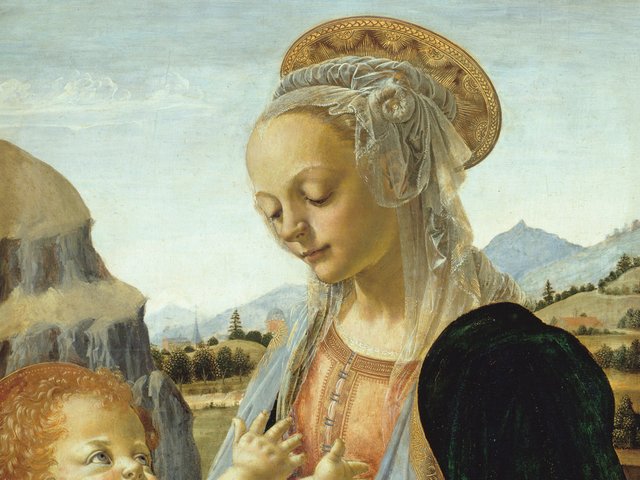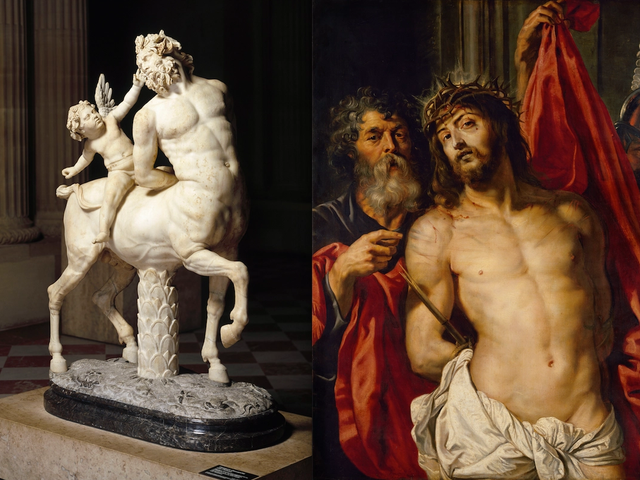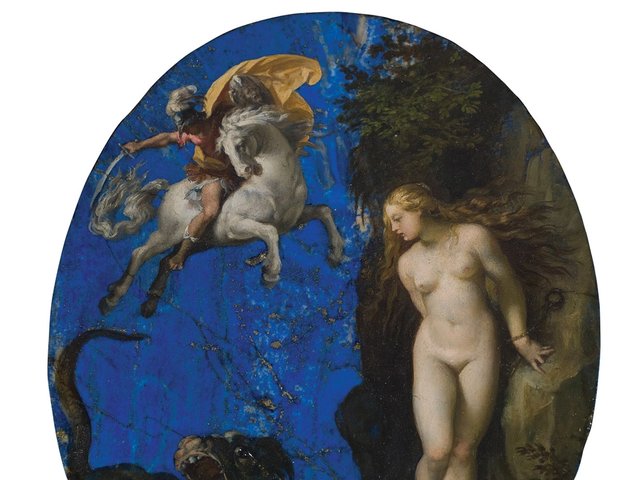The American artist Joe Ramirez has been working for 12 years in obscurity in his Berlin workshop. Now, his Gold Projections are entering the spotlight with an exhibition at the Gemäldegalerie, backed by Wim Wenders and timed to coincide with the Berlin Film Festival.
The technique Ramirez has developed—and patented—involves applying gold leaf to a slightly convex disc made of wood. His silent films—slow, dreamlike, poetic scenes filled with allusions to art of the Renaissance and Spanish Baroque—are projected on to the disc.
Wenders, who has followed Ramirez’s work for many years, said at a press conference to present the Gold Projections that he found it “not just improbable but almost impossible” that an artist should “find a new way to unite so many fields of art, a new way of seeing and thinking.”
Ramirez worked as a sculptor and fresco painter in Chicago and London. During the restoration of the Sistine Chapel, he had the opportunity to see Michelangelo’s ceiling paintings roll past him like a film from close up in a hoist—an experience he says left a lasting impression.
He says he “washed up on the shore” in Berlin after hearing that it was possible to rent spaces cheaply. Ramirez founded a workshop and financed his project by renting parts of his studio. In addition to Wenders, he has backing from the photographer and producer Jim Rakete and the art collector Désiré Feuerle. He is now starting to sell his work as well as cooperating with a number of museums.
The gold disc is hand-gilded, forming a background of brushstrokes that create the illusion of film as animated painting. Instead of the glare of a traditional screen, it glows softly, sometimes lending the images a patina. The projections at times transform the disc into a three-dimensional sphere, and at times into a tunnel disappearing into the distance.
Ramirez says he now works with a large crew in a “collaborative, quiet process”. The hardest aspect for his team, he says, is “to step away from the methodology of cinema and step into painting”.
The Gold Projections are showing in the Gemäldegalerie until 19 February and will appear in a major exhibition called Alchemy: the Great Art opening on 6 April, a cooperation between the Berlin state museums and the Getty Research Institute, Los Angeles.
